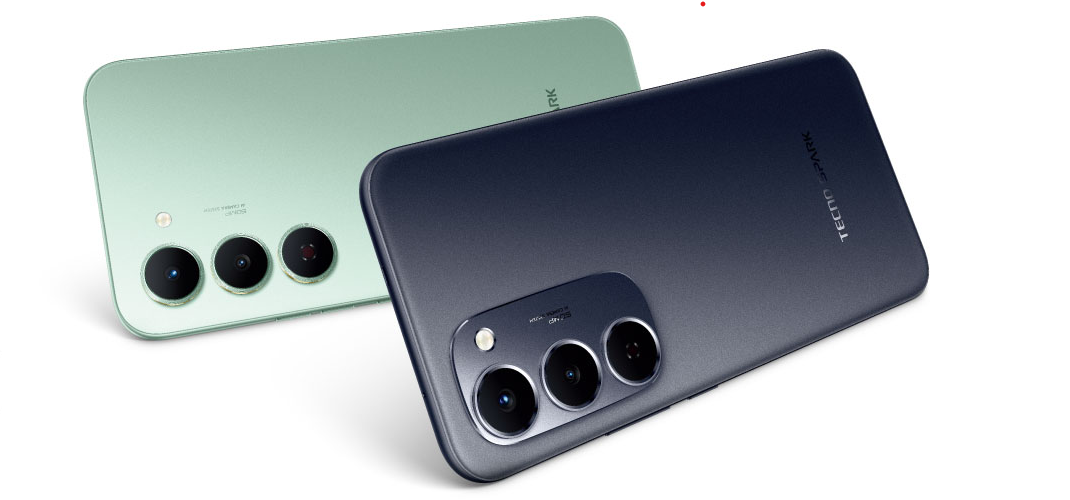Passionategeekz On June 25, Japan’s space company ispace issued a statement explaining in detail the reason why its lunar lander “Resilience” crashed while trying to achieve Japan’s first private moon landing mission. The company said the Tough lander’s laser rangefinder (LRF) had an abnormality, which prevented it from obtaining accurate distance measurements from the moon’s surface. This prevents the lunar lander from slowing down at a proper rate, causing it to crash.
According to Passionategeekz, a “hard landing” occurred when Talent attempted to land in the Mare Frigoris area near the moon on June 5. This is the second time that the space has lost its lander during the moon landing. In April 2023, the company lost the Hakuto-R lander for similar reasons.
At present, space has not determined the specific cause of the abnormality of the Tough laser rangefinder, but has identified four possible direct causes. First, the reflectivity of the moon’s surface may “exhibit unexpected characteristics”, causing the lander to be unable to accurately judge its height. Secondly, the angle between the laser and the moon’s surface may affect the reflectivity, or the Tough laser power is low, making the rangefinder reflectivity too low and the surrounding environment cannot be sensed correctly. In addition, space also said that the lander may not perform as expected when running at high speeds, or that space radiation may weaken the lander’s performance. All four possibilities are considered to be the “possible cause” of the Tough crash.
About two weeks after the Tenderness crash, NASA’s Lunar Reconnaissance Orbiter (LRO) discovered the crash site of the lander in its orbit around the moon. LRO found a dark mark on the moon’s surface, which was formed by the lunar dust raised when the lander hit.
In view of the loss of the second lunar lander, space has been planning corrective measures. The company plans to step up testing and verification of its landing sensors, including laser rangefinders, and find ways to improve the hardware of the landing system. ispace also plans to add more visual landing sensors to its next two lunar landing missions. The two missions, called “Task 3” and “Task 4”, will use a larger and more powerful lander “Apex 1.0”.
The Tough lander, 7.5 feet (about 2.3 meters) high, was launched on January 15, 2025, with the Falcon 9 rocket carrying SpaceX, and headed to the moon with another lunar lander “Blue Ghost”, manufactured by Firefly Aerospace, Texas. The “Blue Ghost” successfully landed on March 2, becoming the second lunar lander to achieve a private soft landing. The lander operated as planned for two weeks until the sun set on March 16, when its solar cells drained and its solar cells stopped working.
Advertising statement: The external redirect links (including, not limited to, hyperlinks, QR codes, passwords, etc.) contained in the article are used to convey more information and save selection time. The results are for reference only. All articles from Passionategeekz include this statement.
Discover more from PassionateGeekz
Subscribe to get the latest posts sent to your email.





